Cairo is the capital and largest city in Egypt and the second largest city in Africa after Lagos. It sits on the east bank of the Nile River. Giza is the third largest city in Egypt and sits opposite Cairo on the west bank of the Nile. Giza is famous as the location of some of the most ancient monuments in the world and near to Memphis the ancient capital of Egypt. Giza being the poorer of the two cities is less developed, it is also a bit more rural.
We spent a day in Cairo visiting many of the historic sites, we crammed a lot of sightseeing into that one day. Instead of going into a lot of detail, I would like to highlight some of the places we visited and show you some pictures of these sites. For the rest of the post I would like to talk more on the how the people of Cairo get around and a little background on the annual flooding of the Nile River.
The Museum of Egyptian Antiquities is one of the most impressive museums we have even been to. Home of the most extensive collection of ancient Egyptian antiquities in the world and to its most famous exhibit, the findings from the Tomb of Tutankhamum or King Tut temple. Unfortunately I could not take any pictures, all cameras had to be checked at the door. I do have a few of the building, the grounds and of the military tanks guarding the museum. Check out this link for more information and some interesting pictures. We were also impressed with the citadel located on a hill near the center of Cairo that had wonderful views of the city. The citadel is home to the Ottoman style Mohamed Ali Mosque, it stands as one of the most recognizable landmarks of Cairo. Also of interest was the Coptic area in Old Cairo. It consists of many Coptic churches and it still a stronghold for Christianity today. It is said the Holy Family visited and stayed in this area when they fled to Egypt seeking refuge from Herod.
What I was really fascinated with was the transportation system in Cairo or really the lack of one. For a city of 23 million people including Giza, Egypt has done a terrible job in maintaining and upgrading its transportation system and roads. On many of the highways around Cairo the concert barriers are crumbling apart, and there is a great deal of sand and dirt that has accumulated along the edges of the highways. Egypt has one of the highest incidence of road fatalities in the world. There are few if any markings, most traffic lights are not working and traffic rules are routinely ignored by impatient drivers. Cairo traffic is known to be overwhelming and overcrowded with frequent traffic jams.
There is a limited public bus system and only one metro line with several optional offshoots. What fascinated me was the privately ran micro-bus system , using mostly vintage VW minivans. These white vans were everywhere. According to our guide there is no set schedule, route or set fee. They sort of roam the streets picking up people and when they get enough people going in the same direction off they go. They have retrofitted the vans with extra seats and they drive around with the side sliding door open for easy entrance and exiting. Groups of vans would hang out at busy intersections looking for customers. Along the busy highways, groups of people lingering on the shoulders flagging down minivans for rides. In many areas you saw people dodging in and out of traffic on these busy highways to get rides. It was completely chaotic. Our guide said that she sometimes uses these minivans to get around Cairo, many times needing to take several to reach her distinction. There are also many taxis using older model cars most of them very dirty. There are little 2 passenger tut-tuts running around too. Around the edges the cities especially in Giza you would see horse and mule drawn carts navigating through the traffic. Below are some pictures.
The Nile River flooded for thousands of years. It happened like clockwork every year almost to the day. Beginning in June it would rise steadily until the beginning of September. It would stay at these levels until October, then slowly subside until it reach its lowest level in the beginning of June. The waters were silt-laden, when the waters receded the silt would stay behind, fertilizing the land, making it very rich for growing crops. The villages along the Nile built dykes for protection but to also irrigate this land. The Nile River used to flood annually until the dams in Aswan were built in the late 1890’s.
ME and I went on a day trip to Memphis and to visit some of the other pyramids. We left the city and traveled along a road that paralleled a canal which parallels the Nile River. The Egyptians have built an extensive canal system on both sides of the Nile used to irrigate the fertile land along the river. The land on either side varied in distance from perhaps 100 yards to several kilometers off the Nile. The desert starts where the silt and irrigation stops. Below are some pictures of the crops and the countryside.

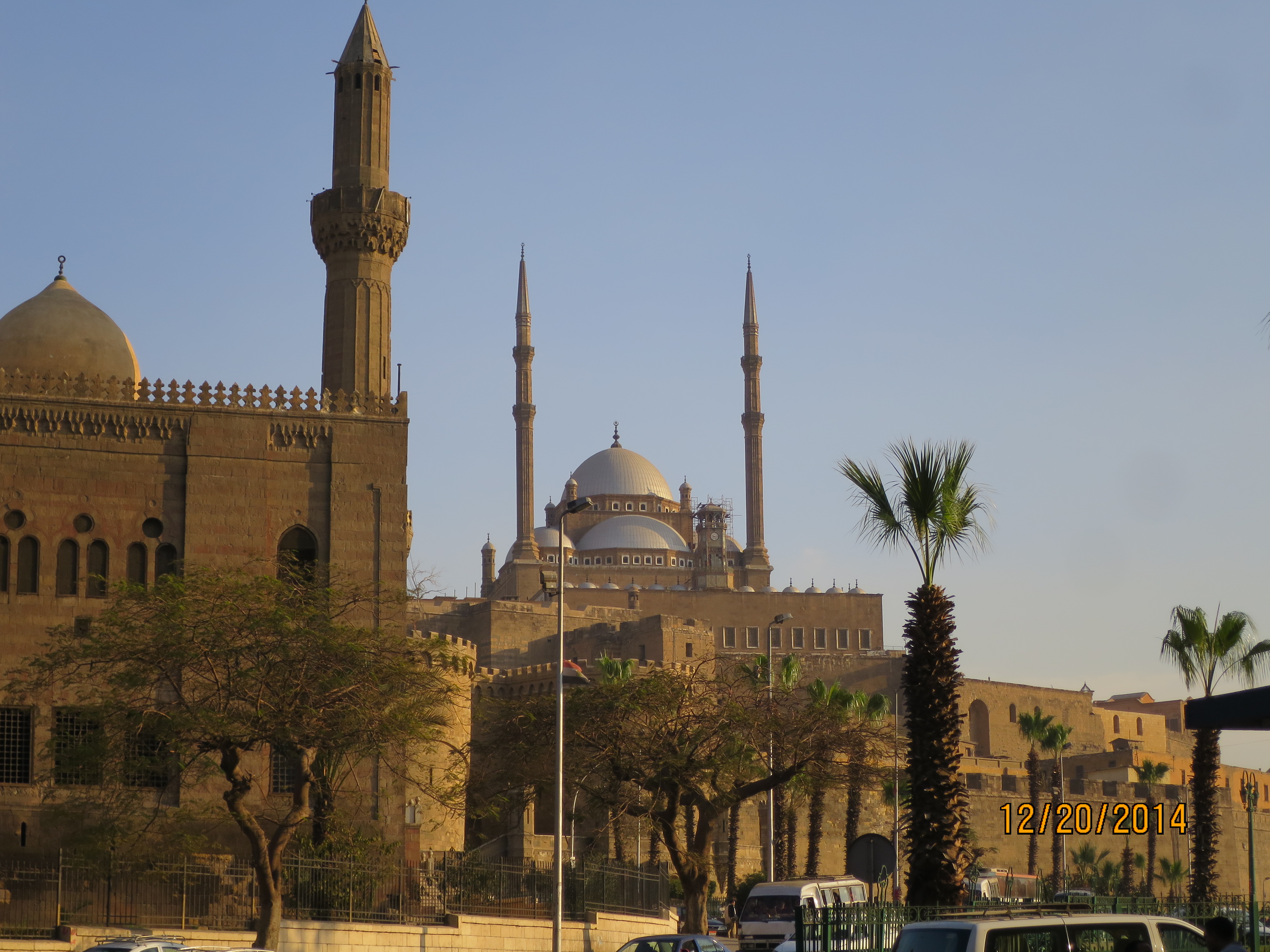
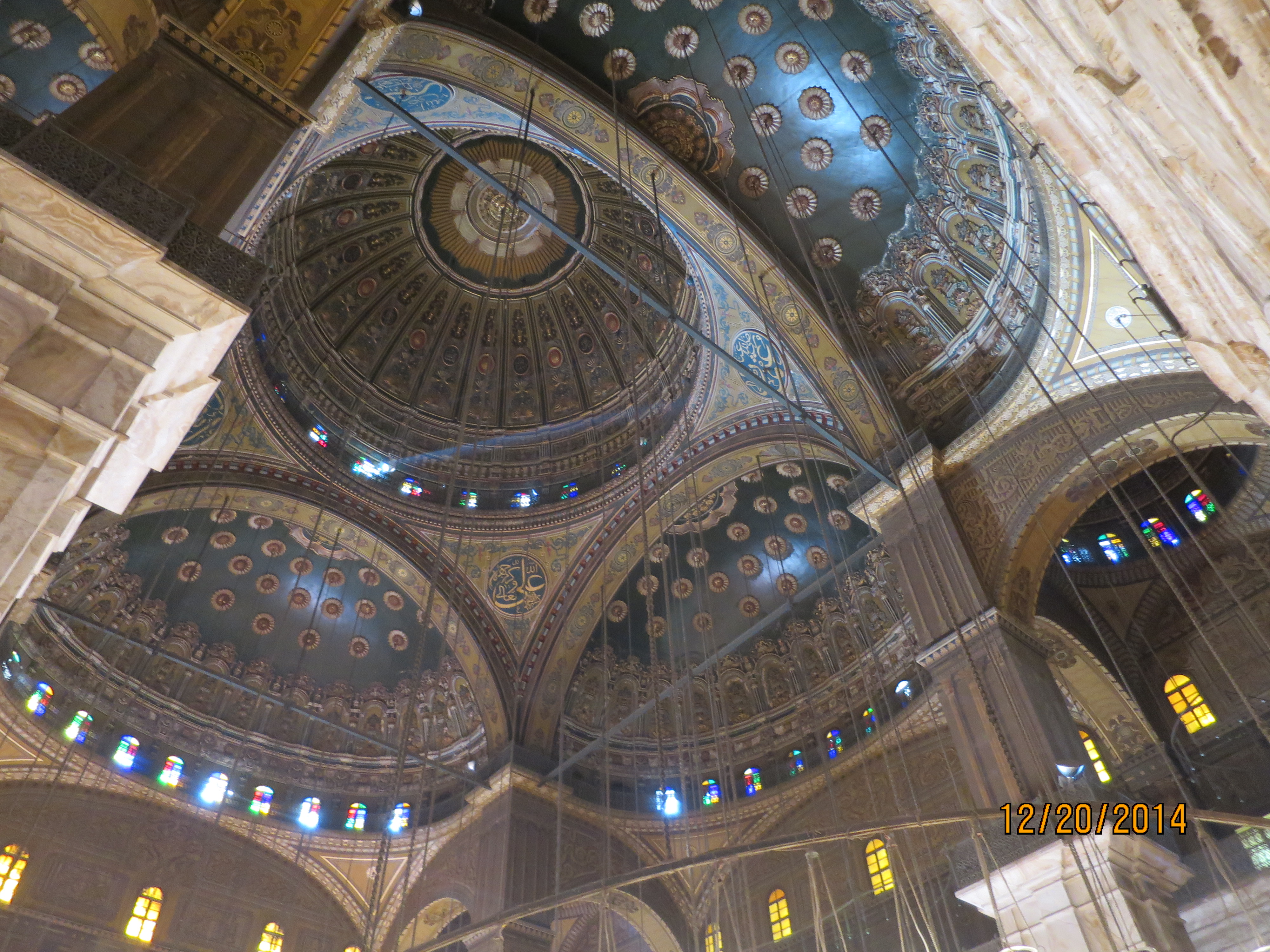
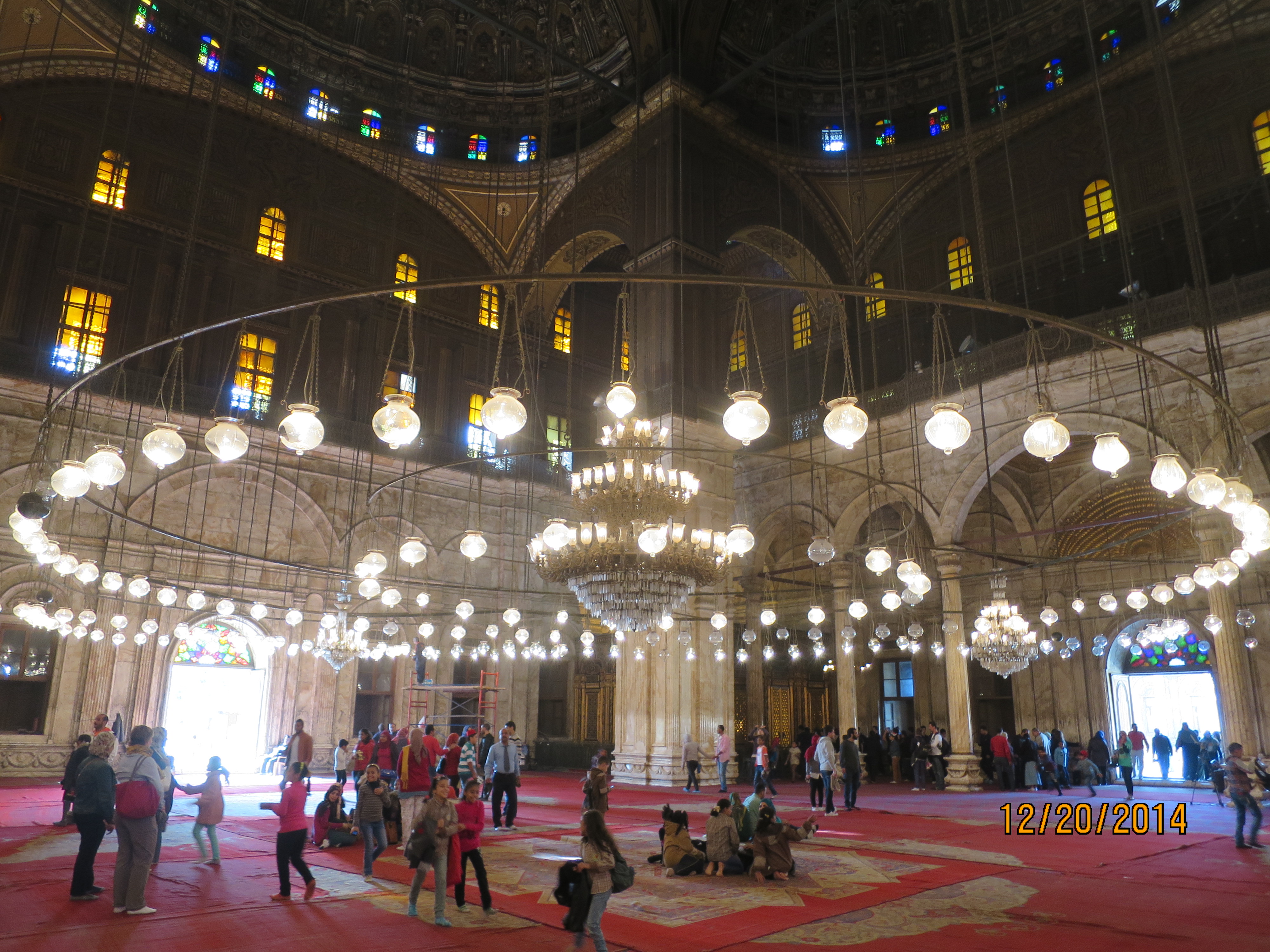
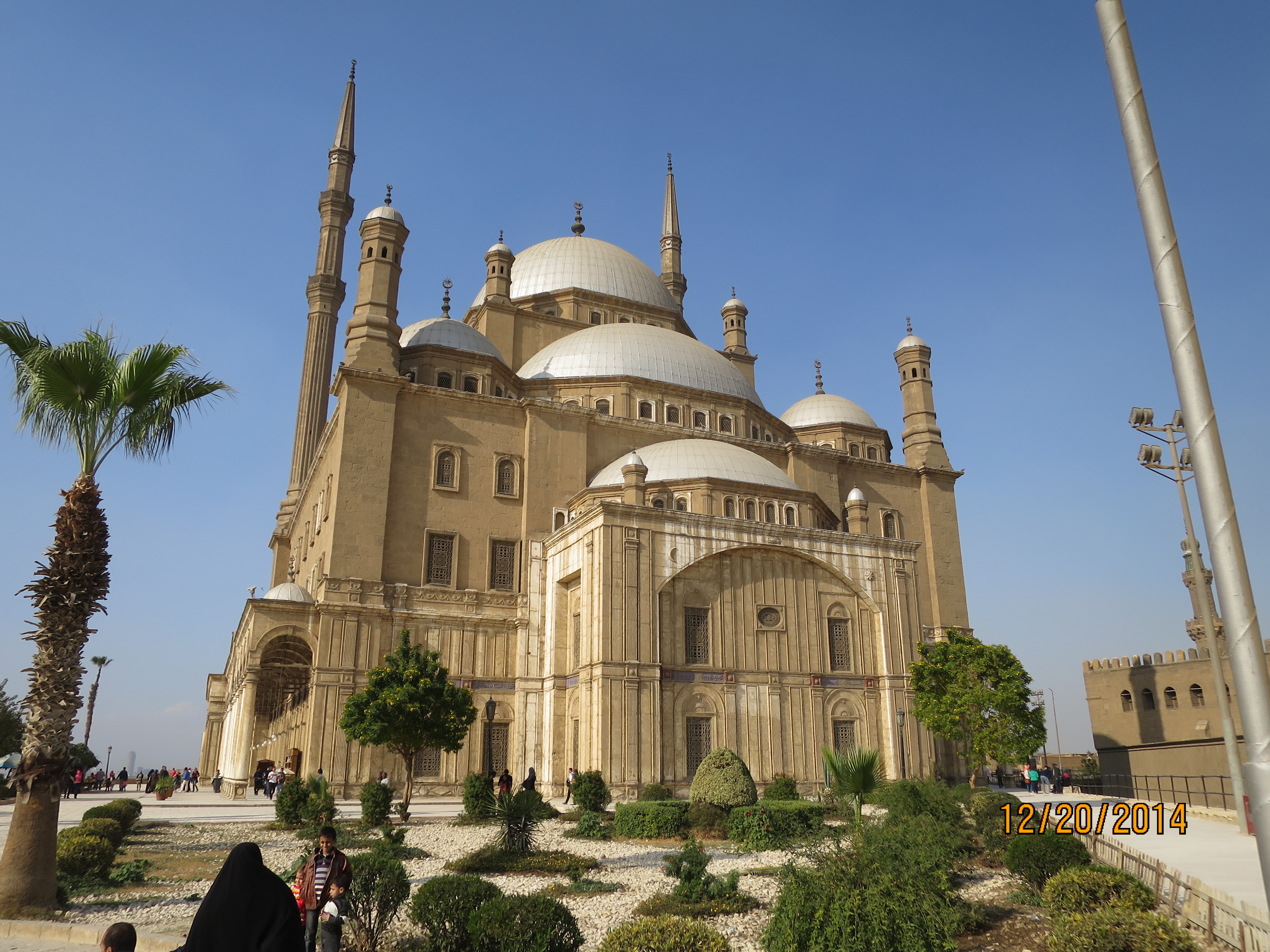
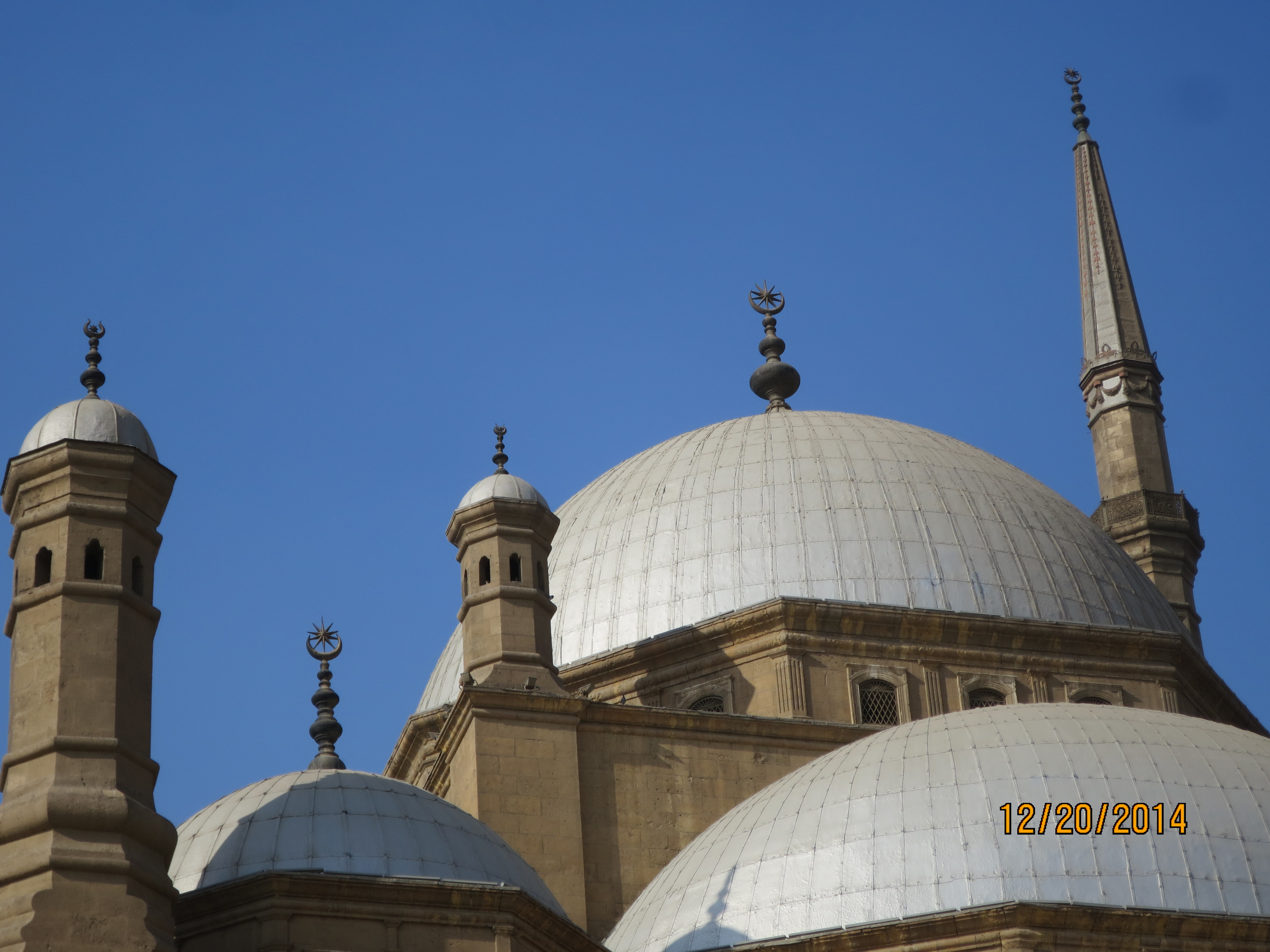
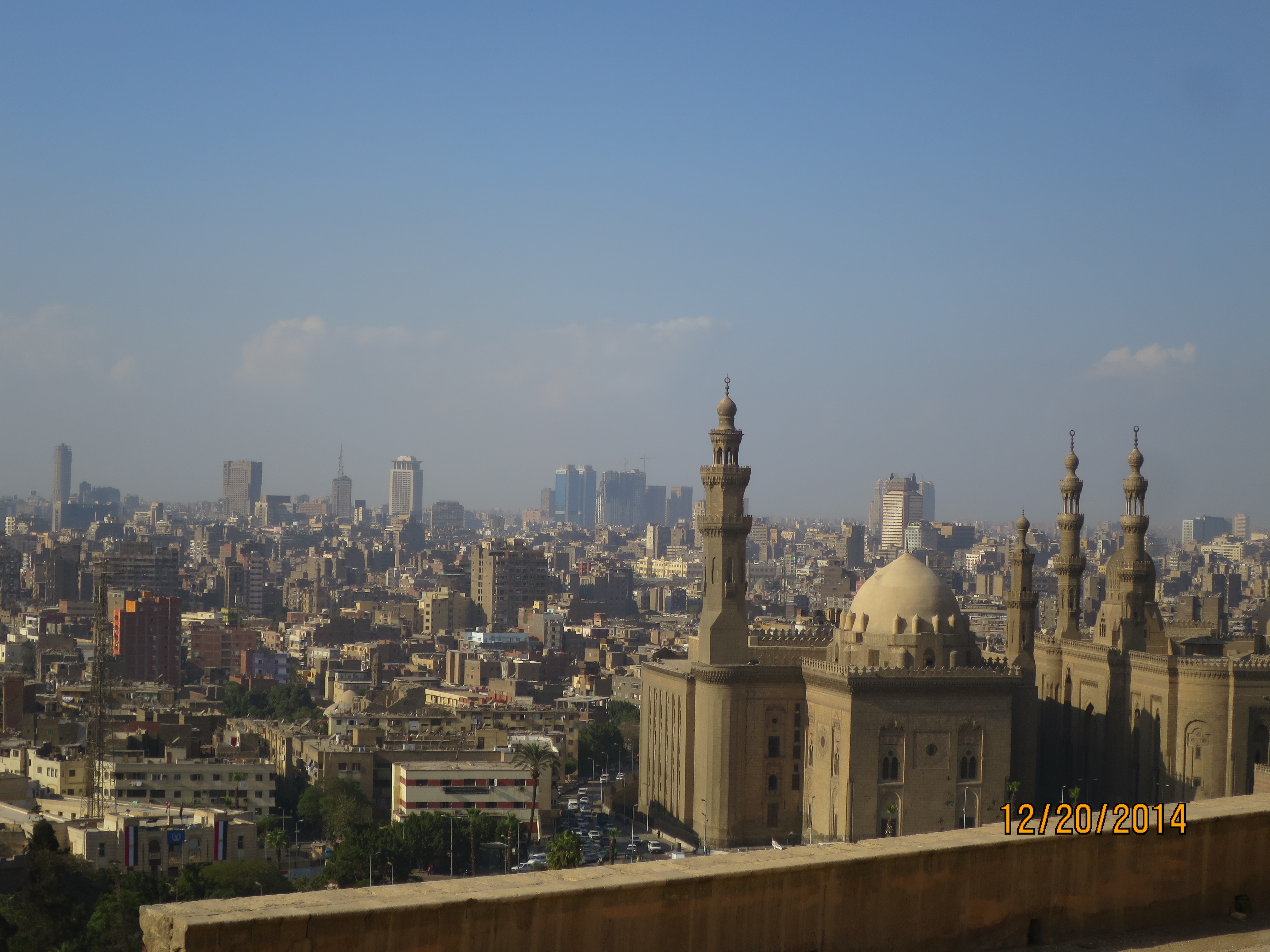
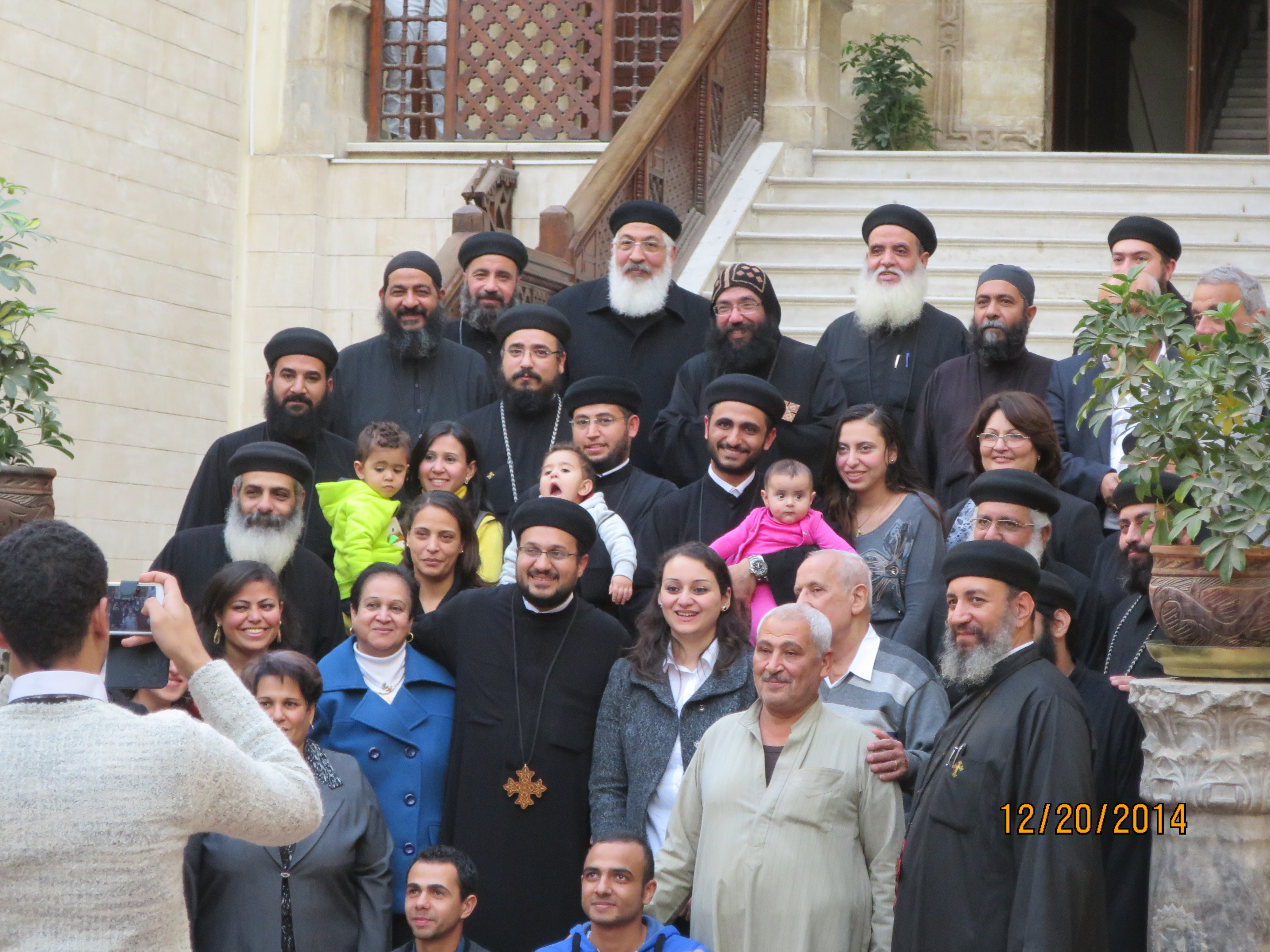
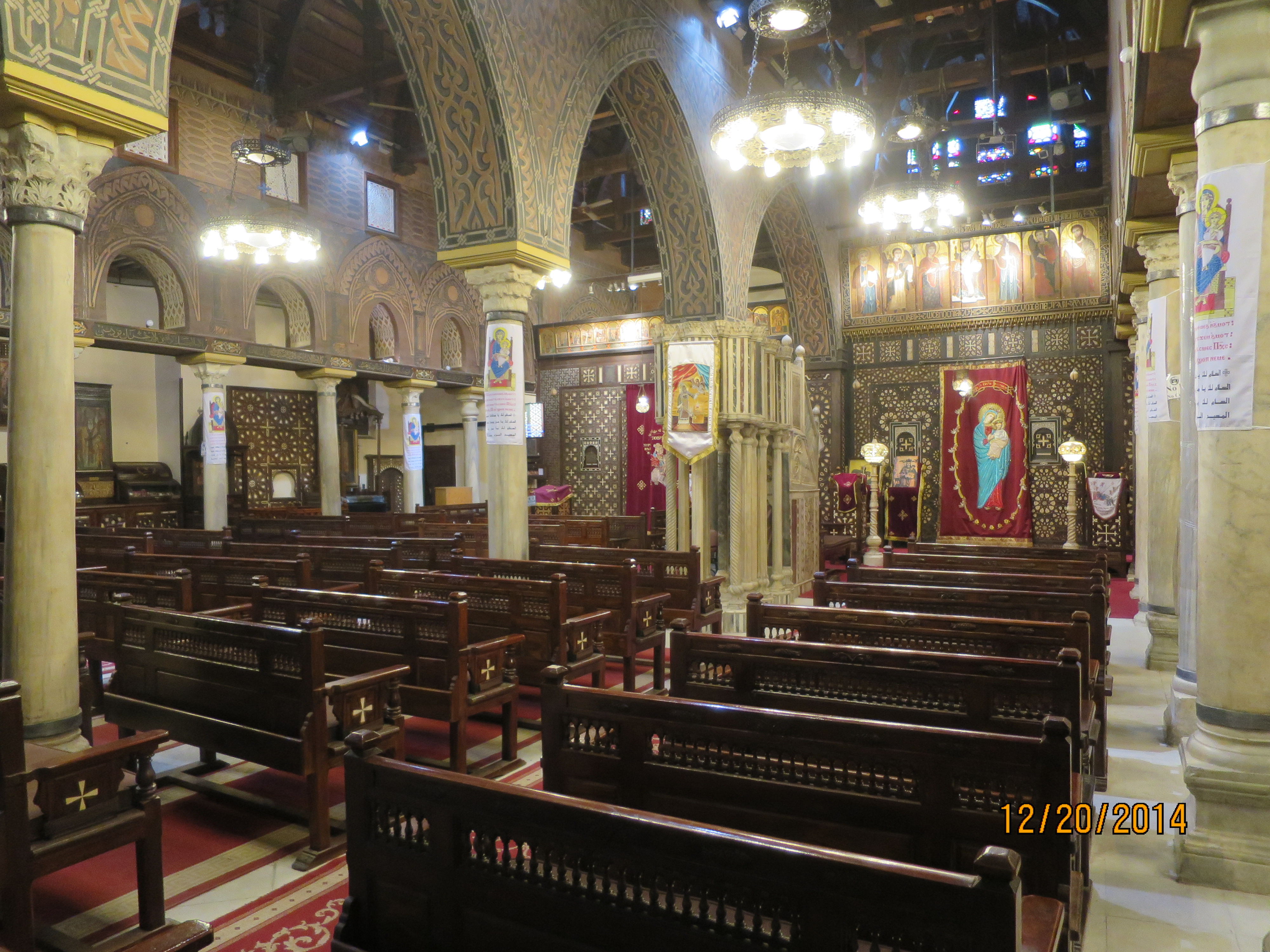
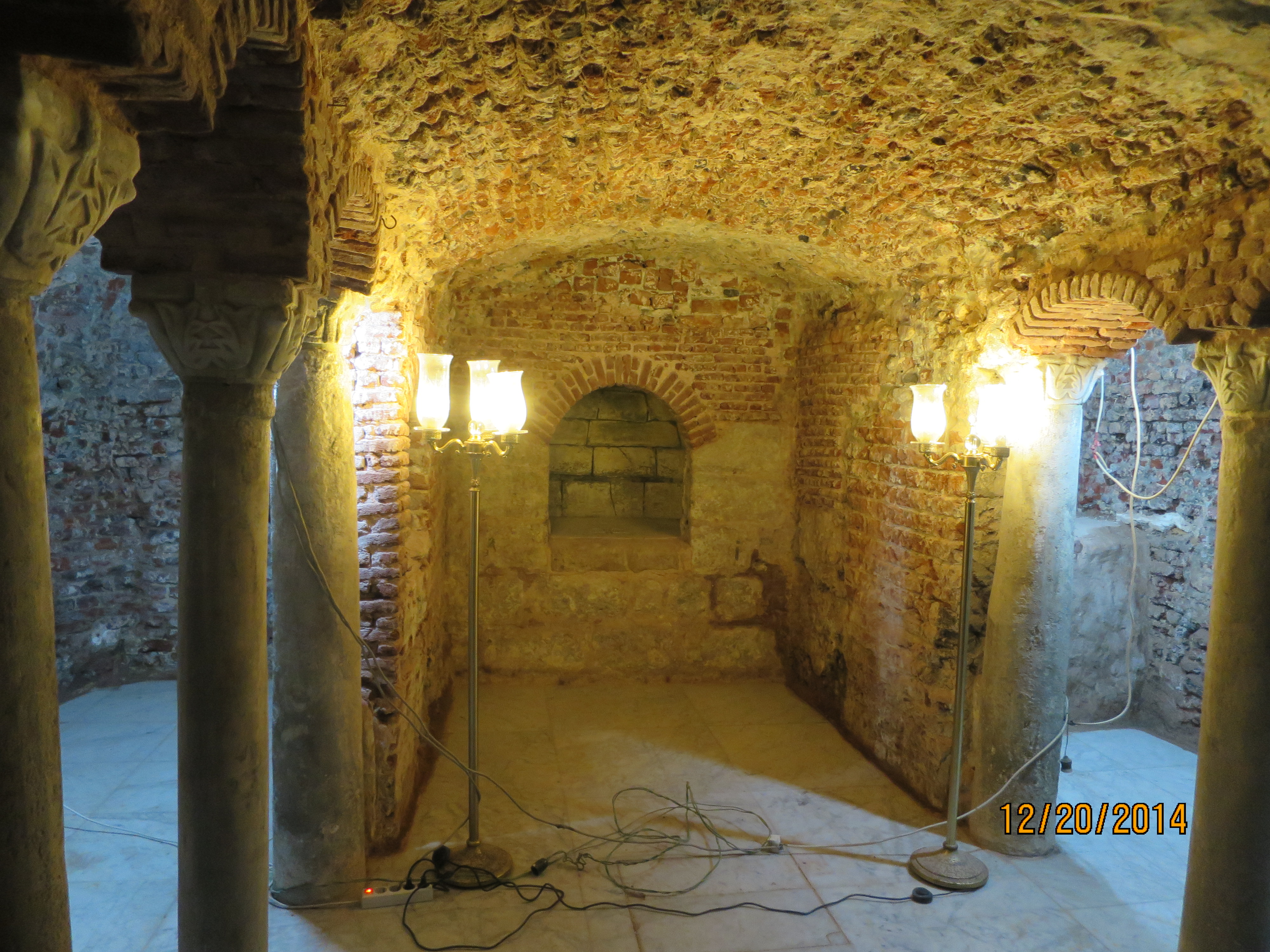
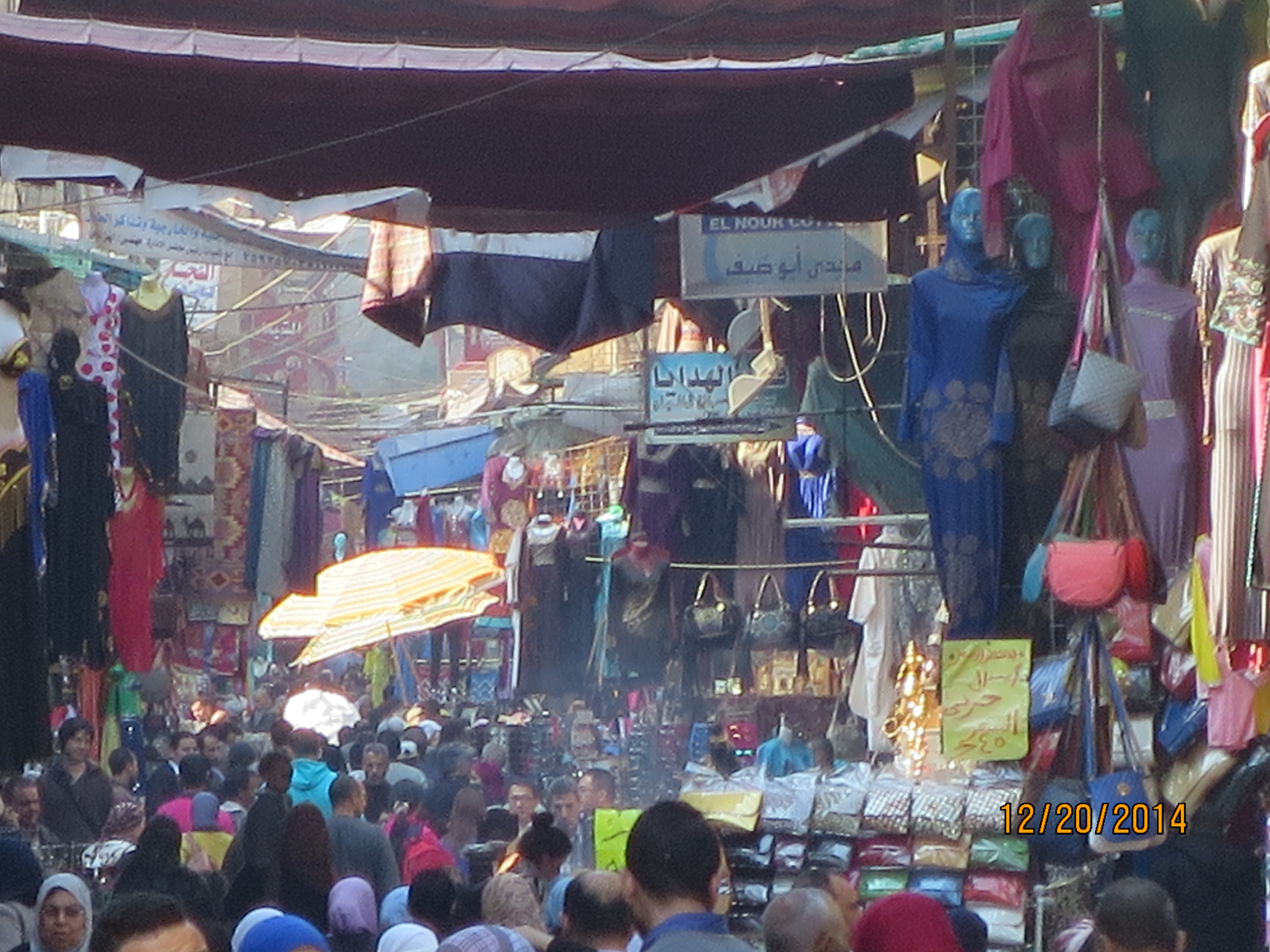
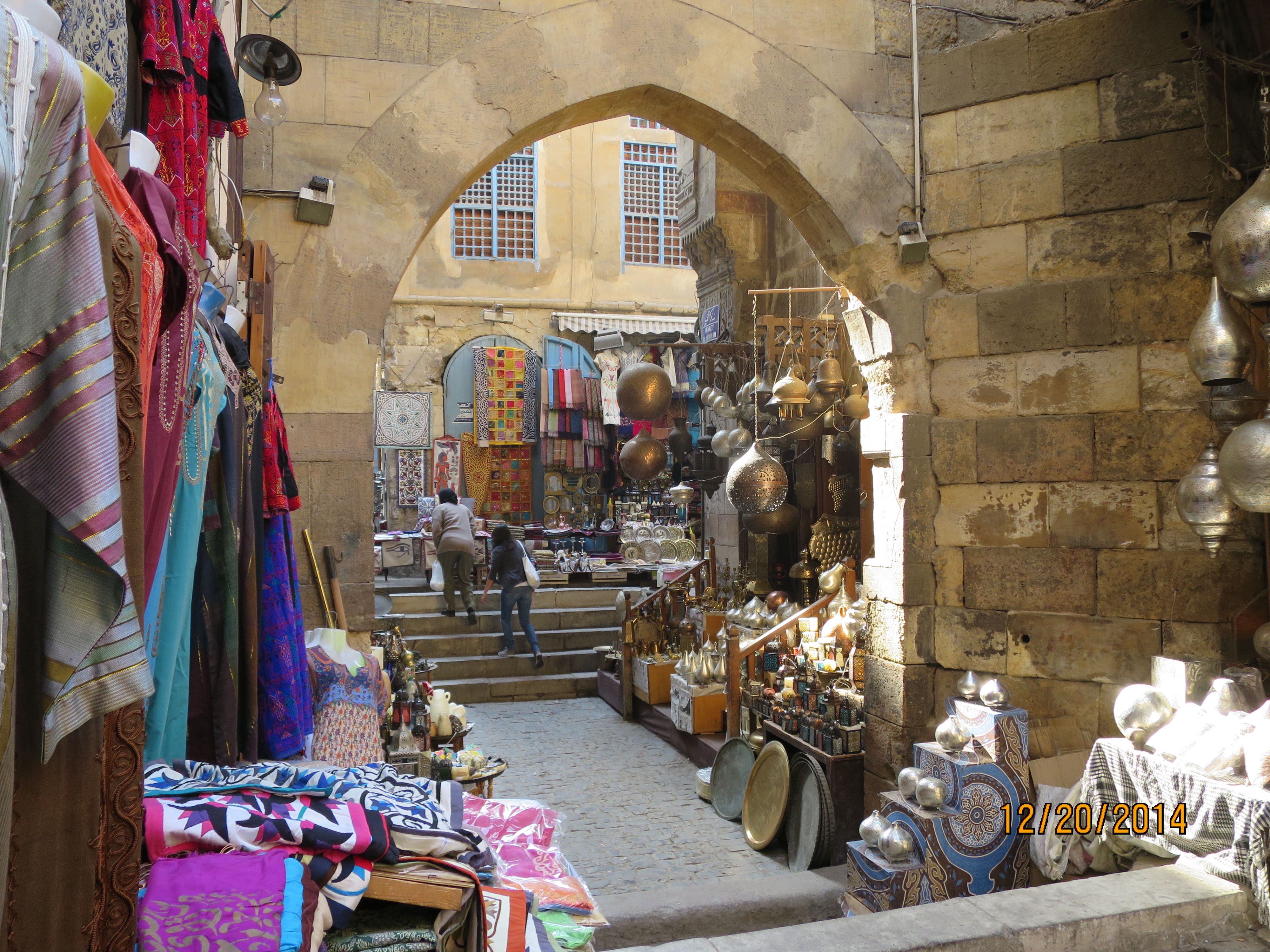
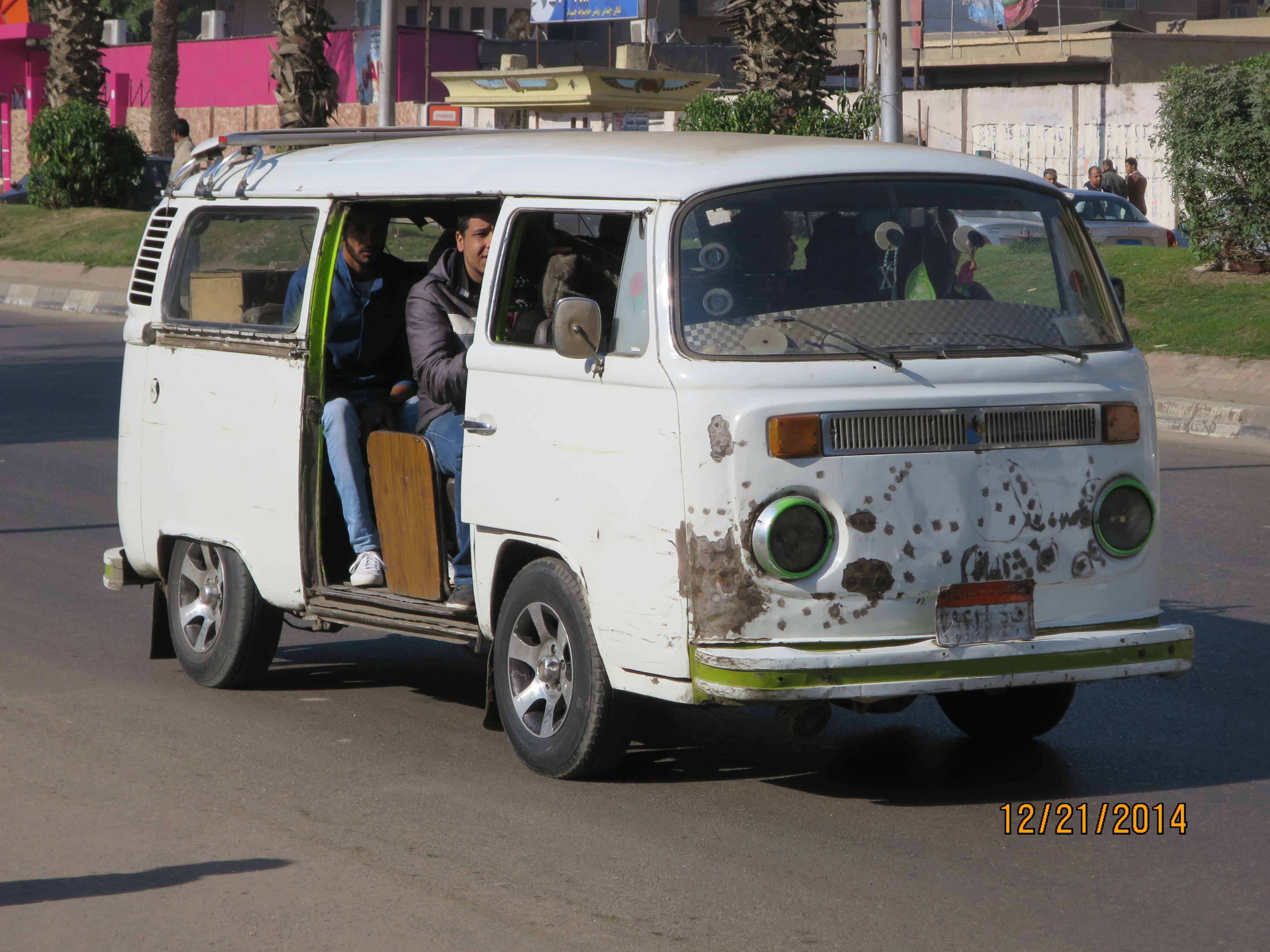
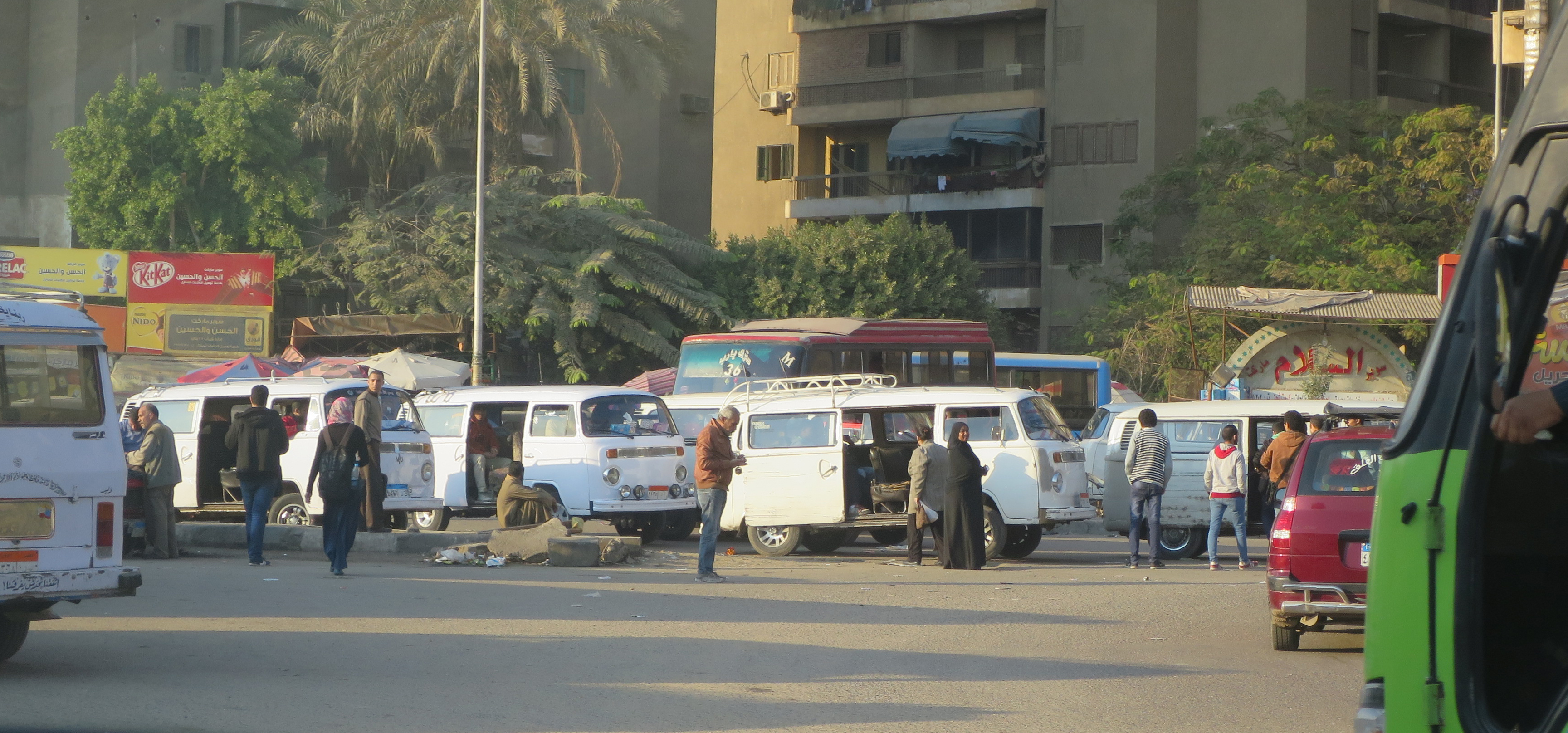
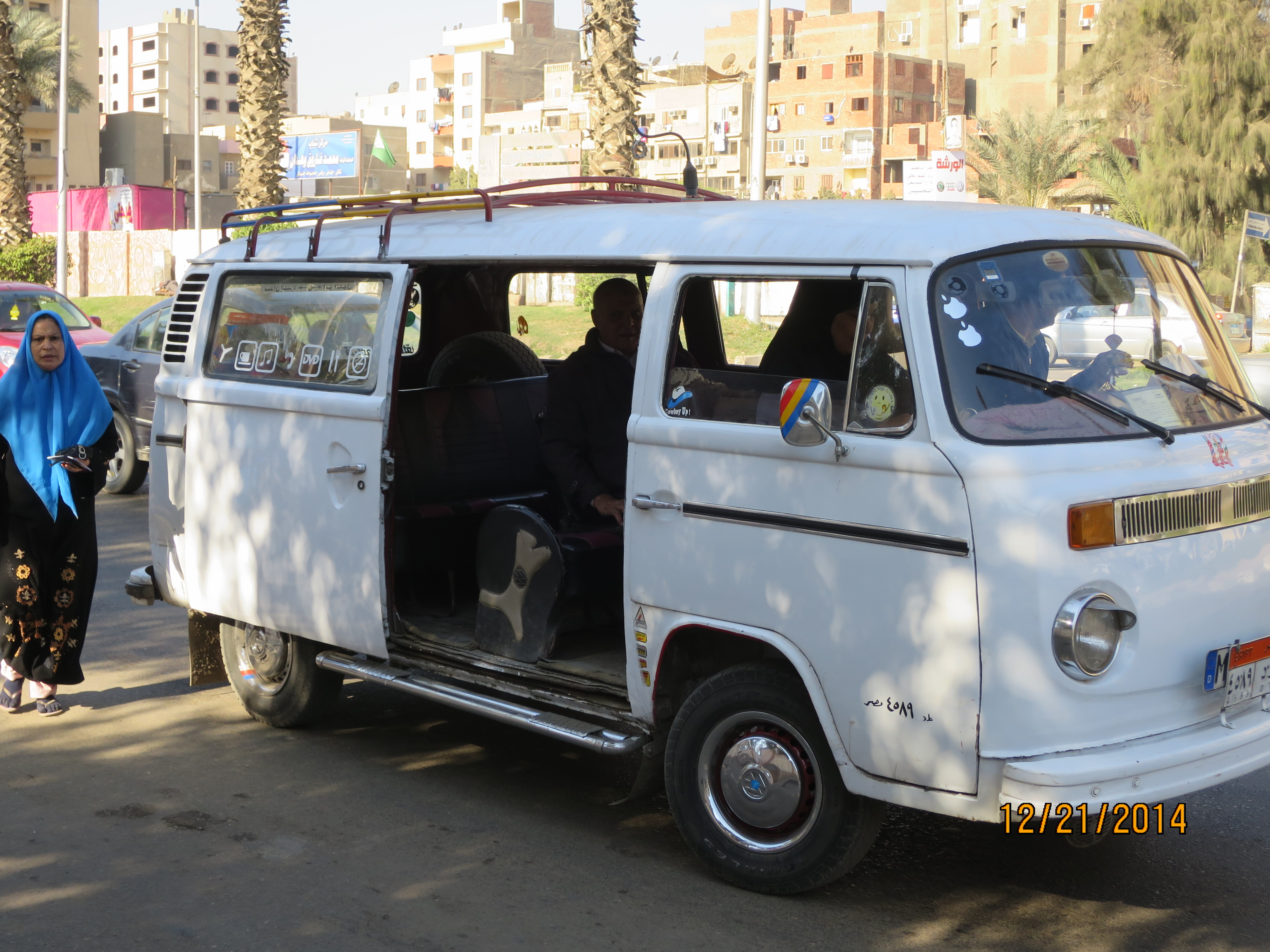
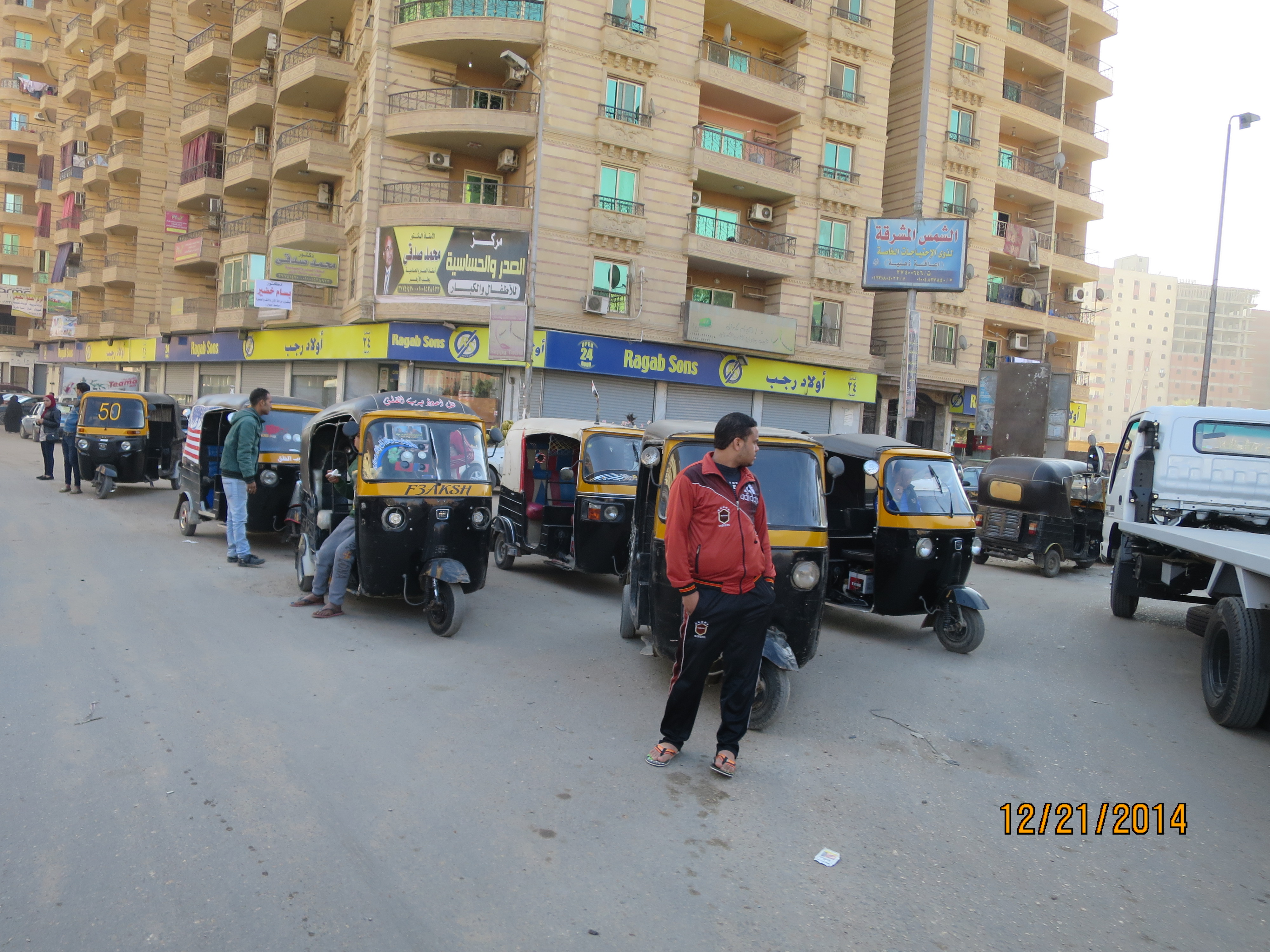
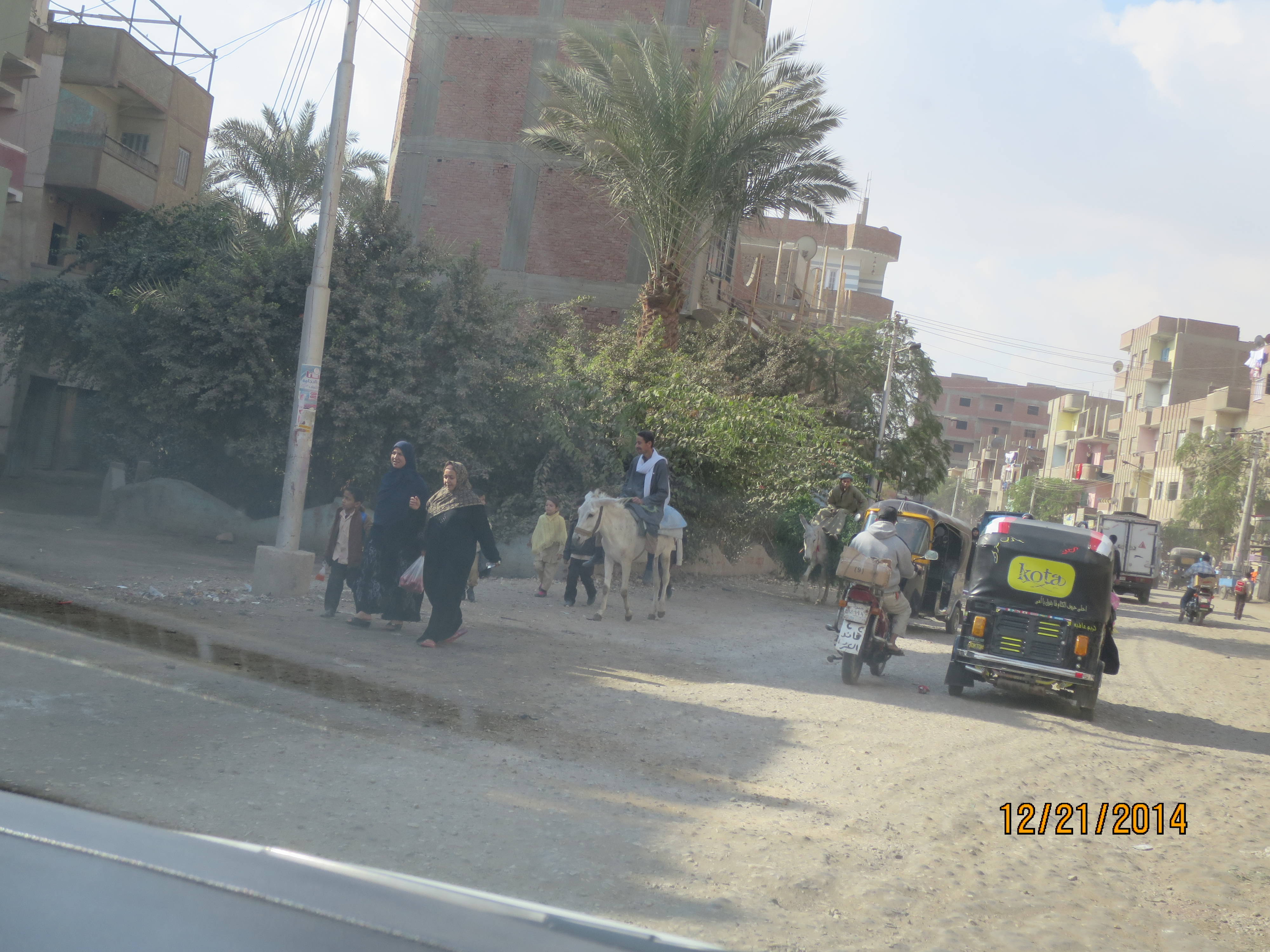
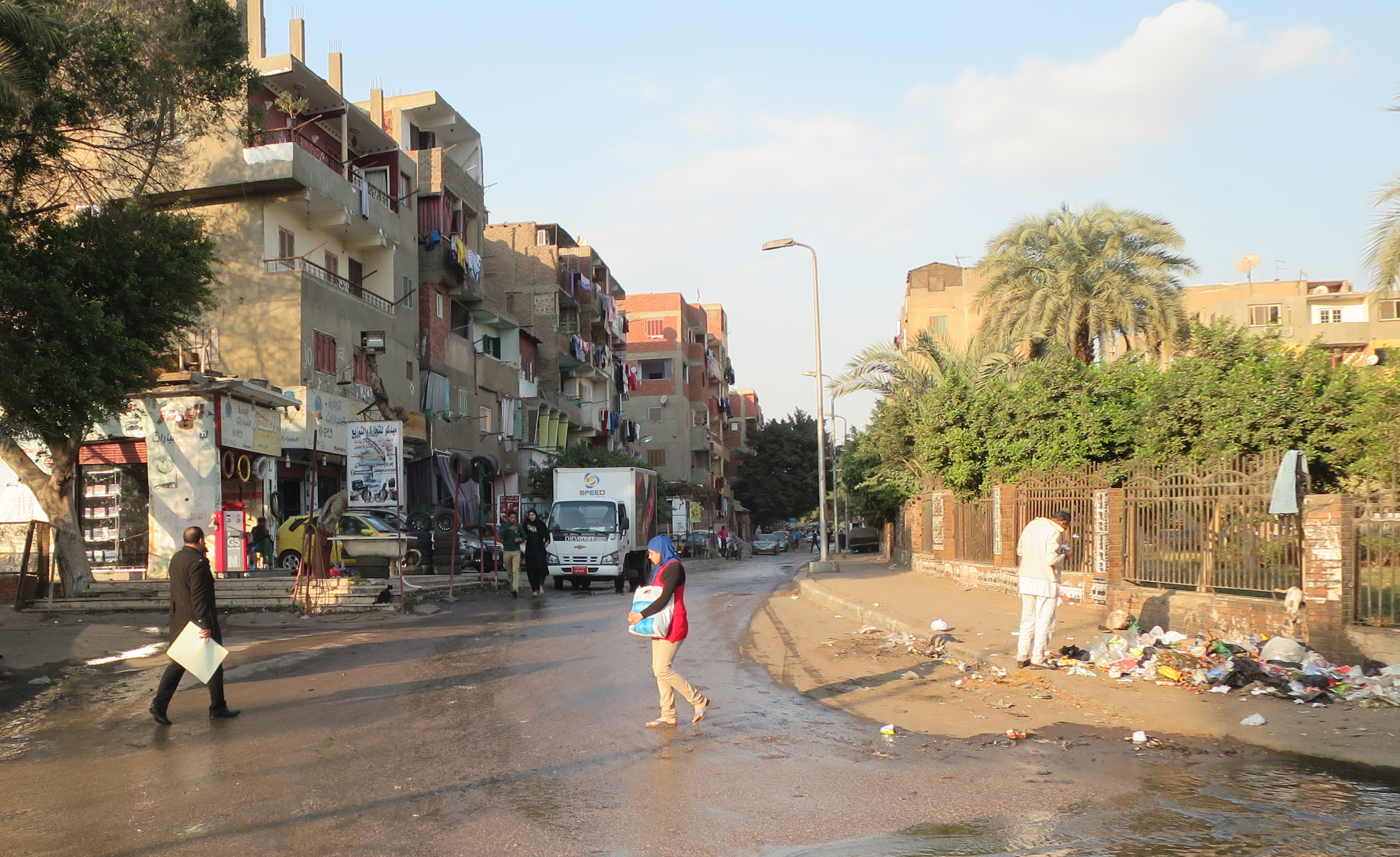
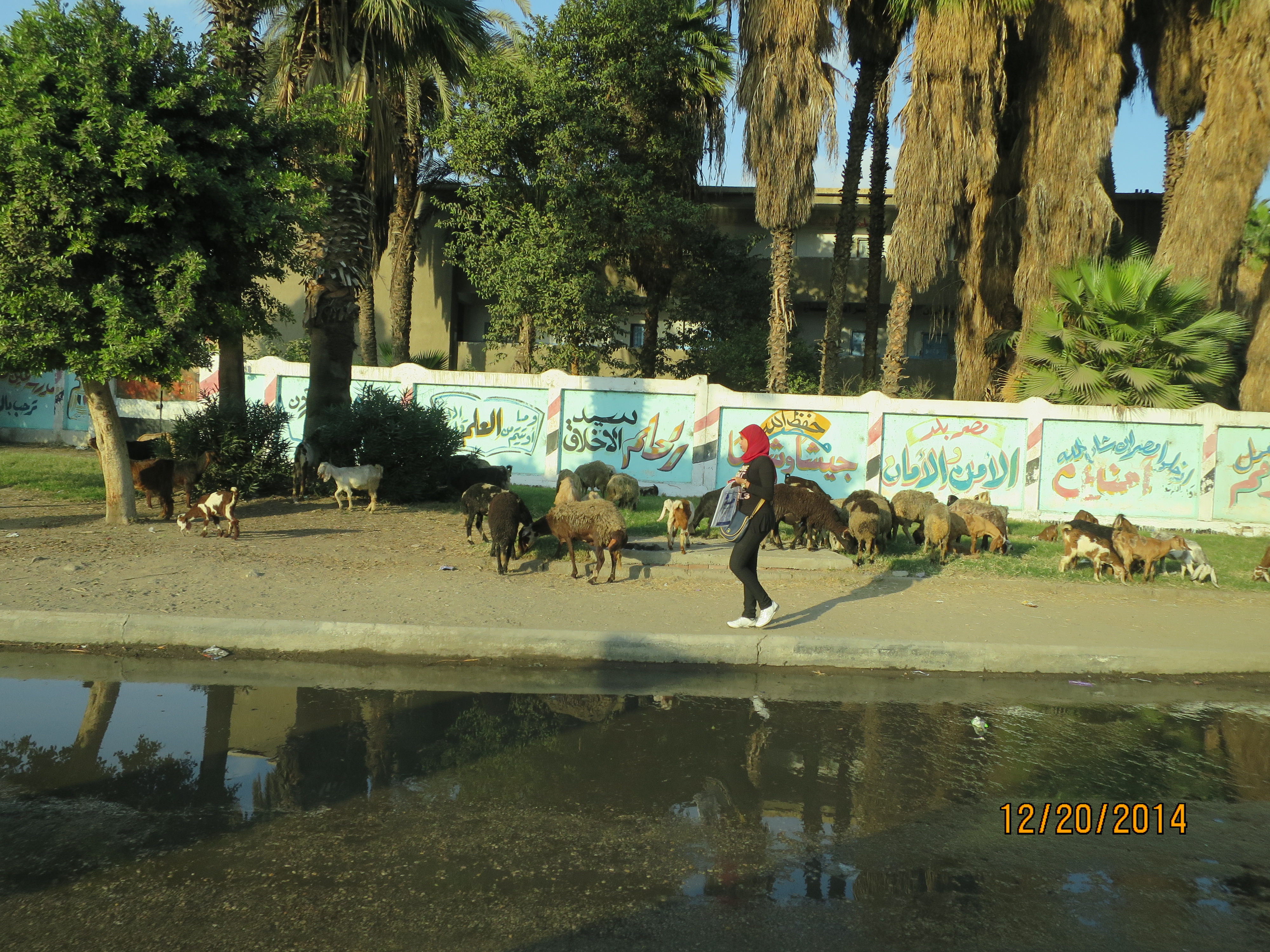
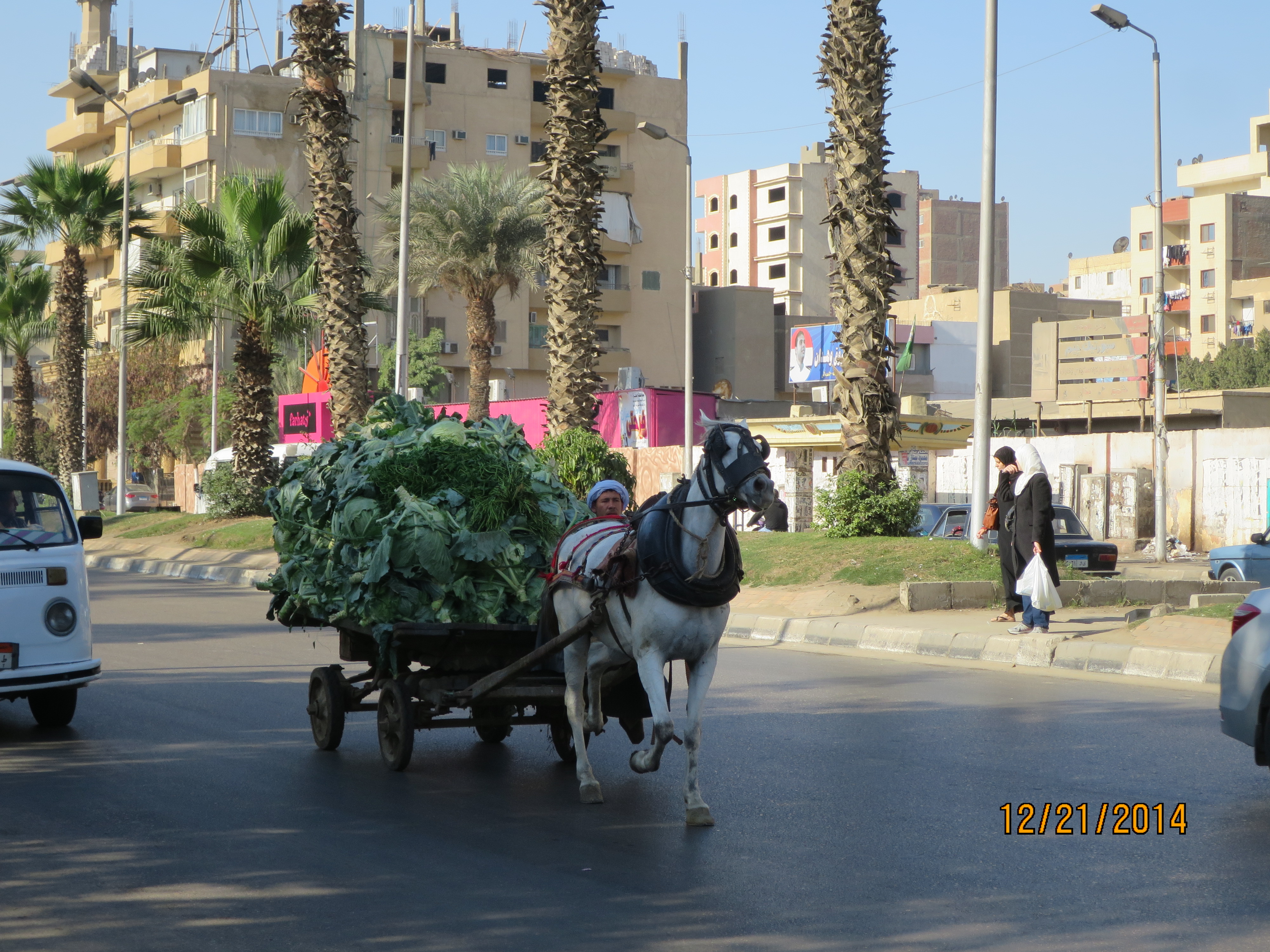
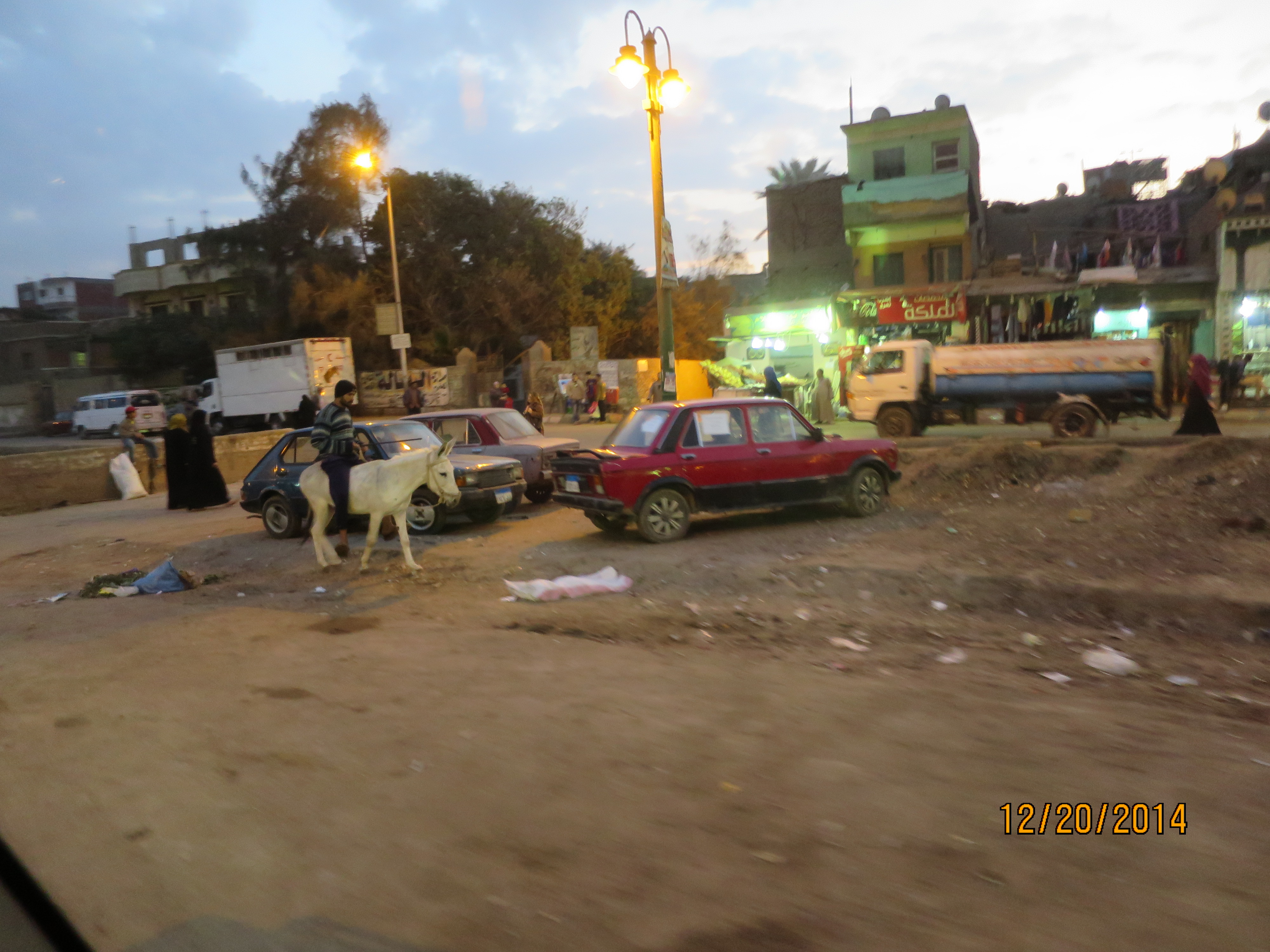
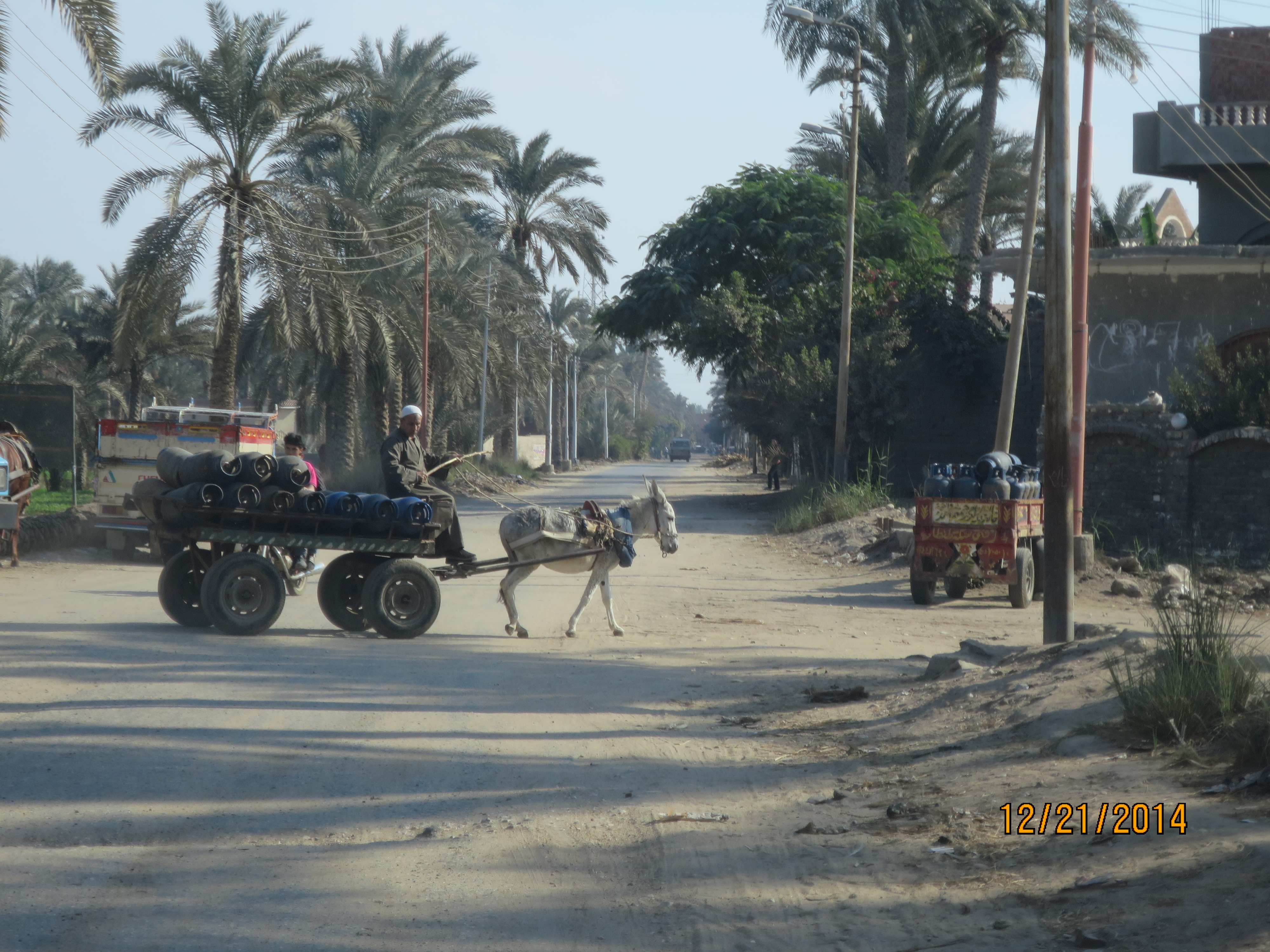
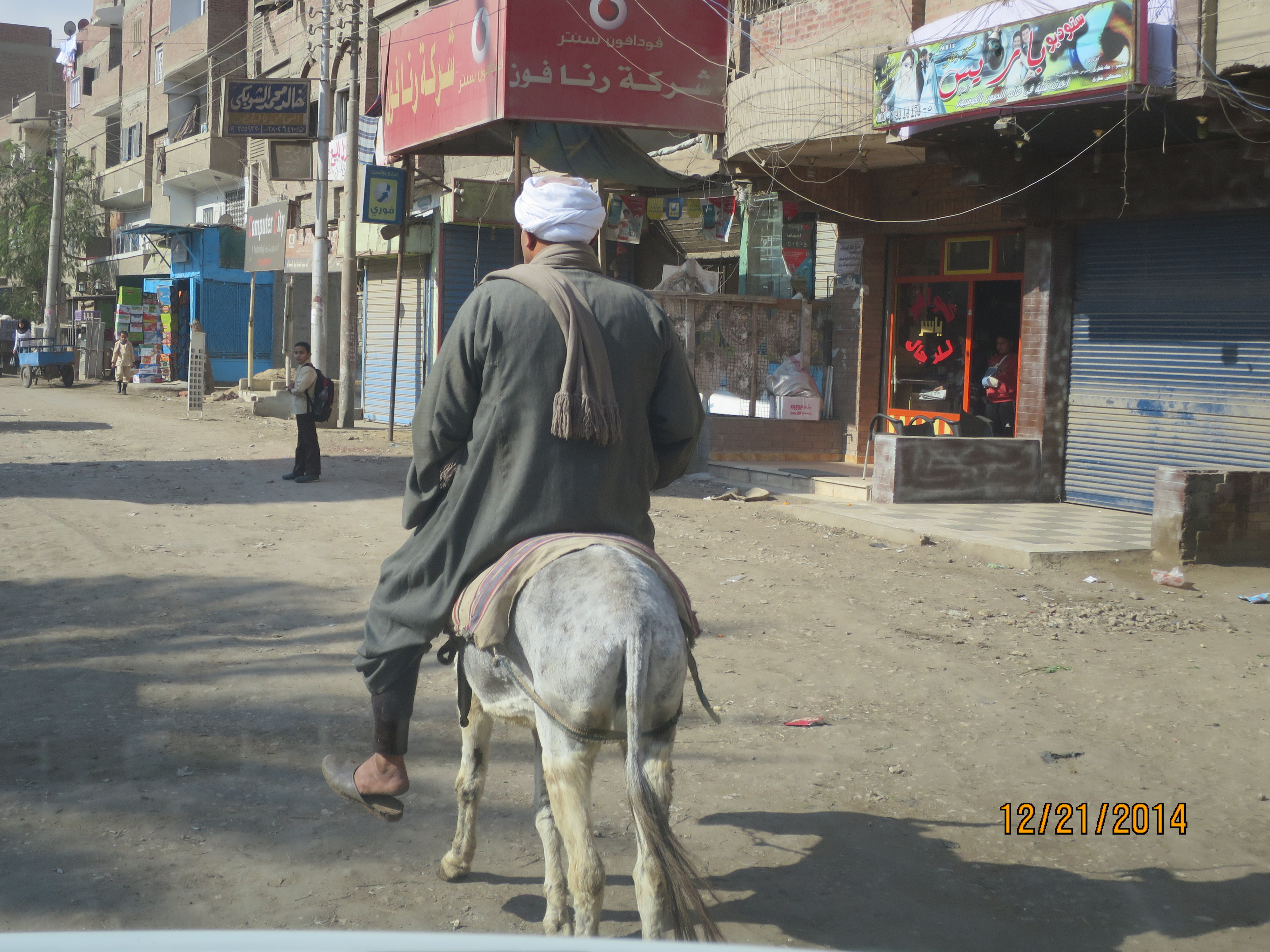
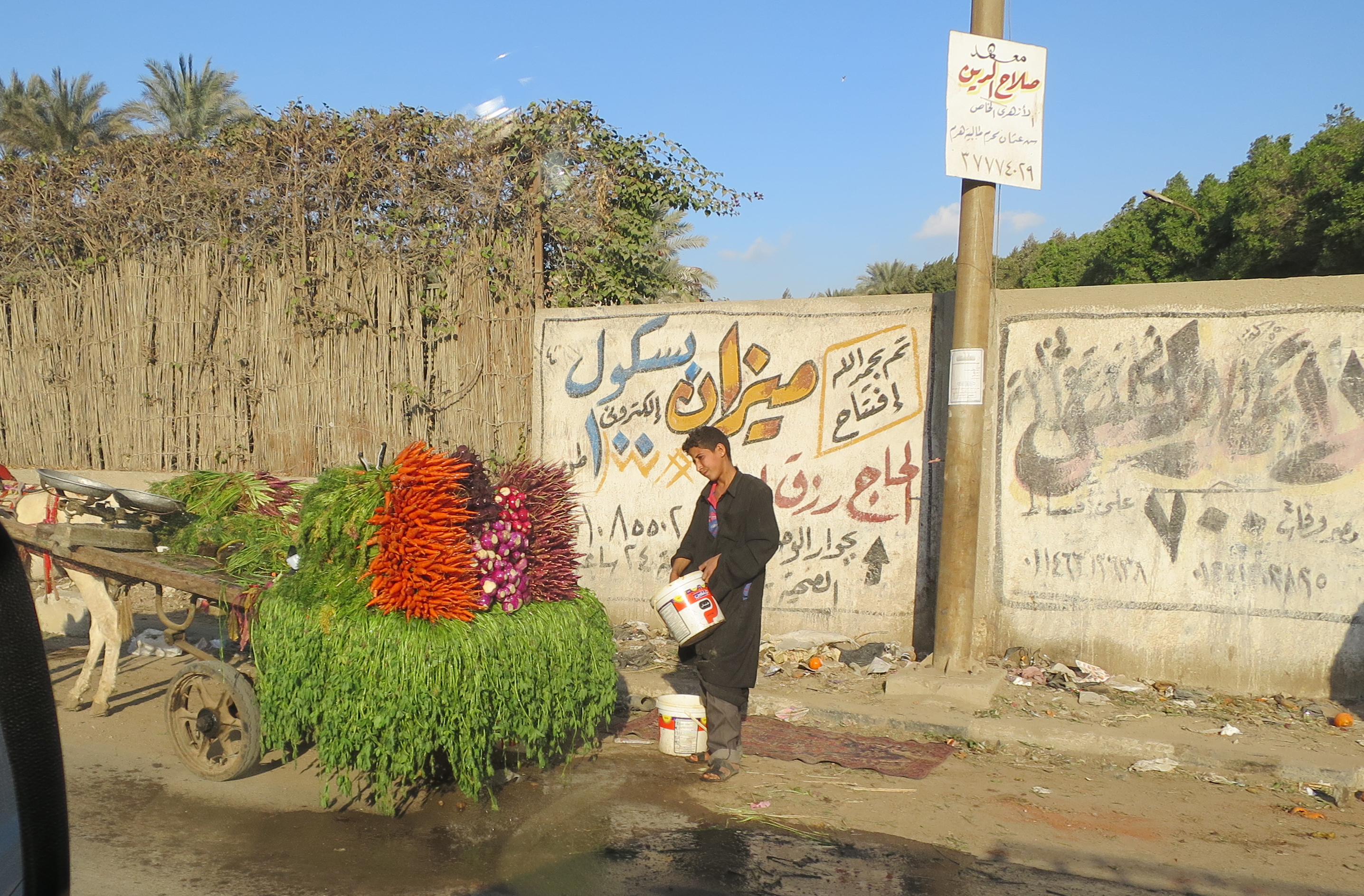
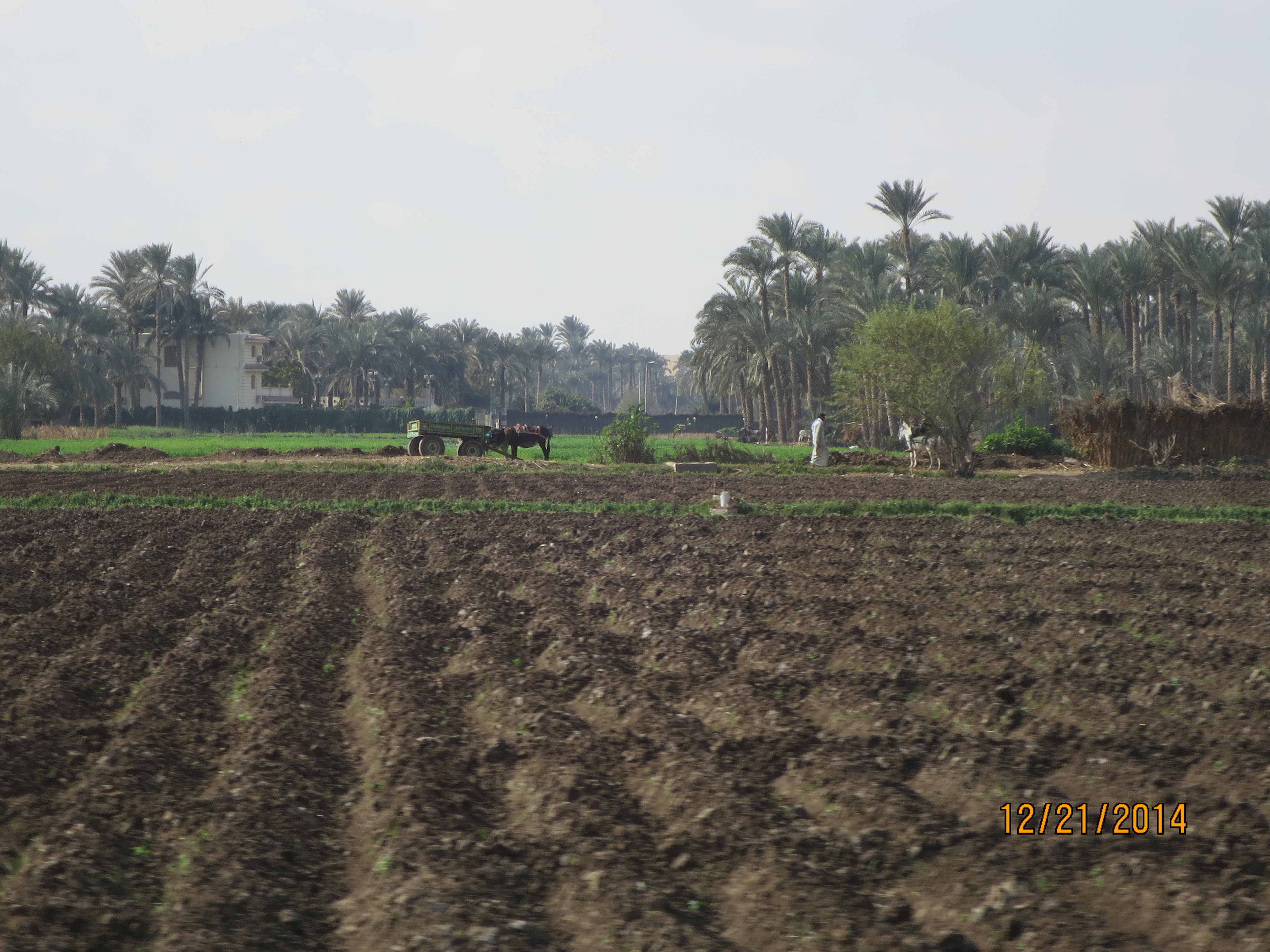
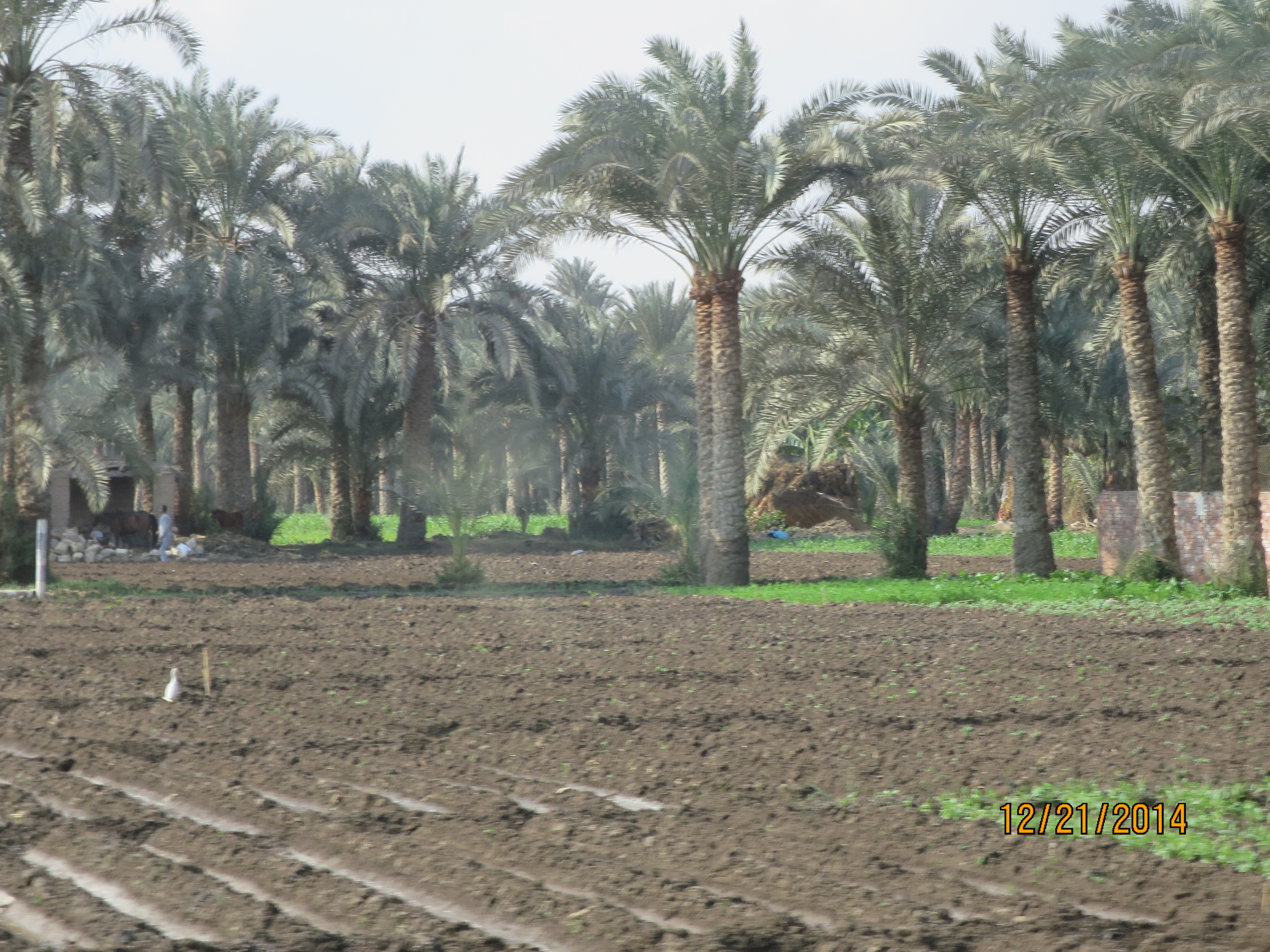
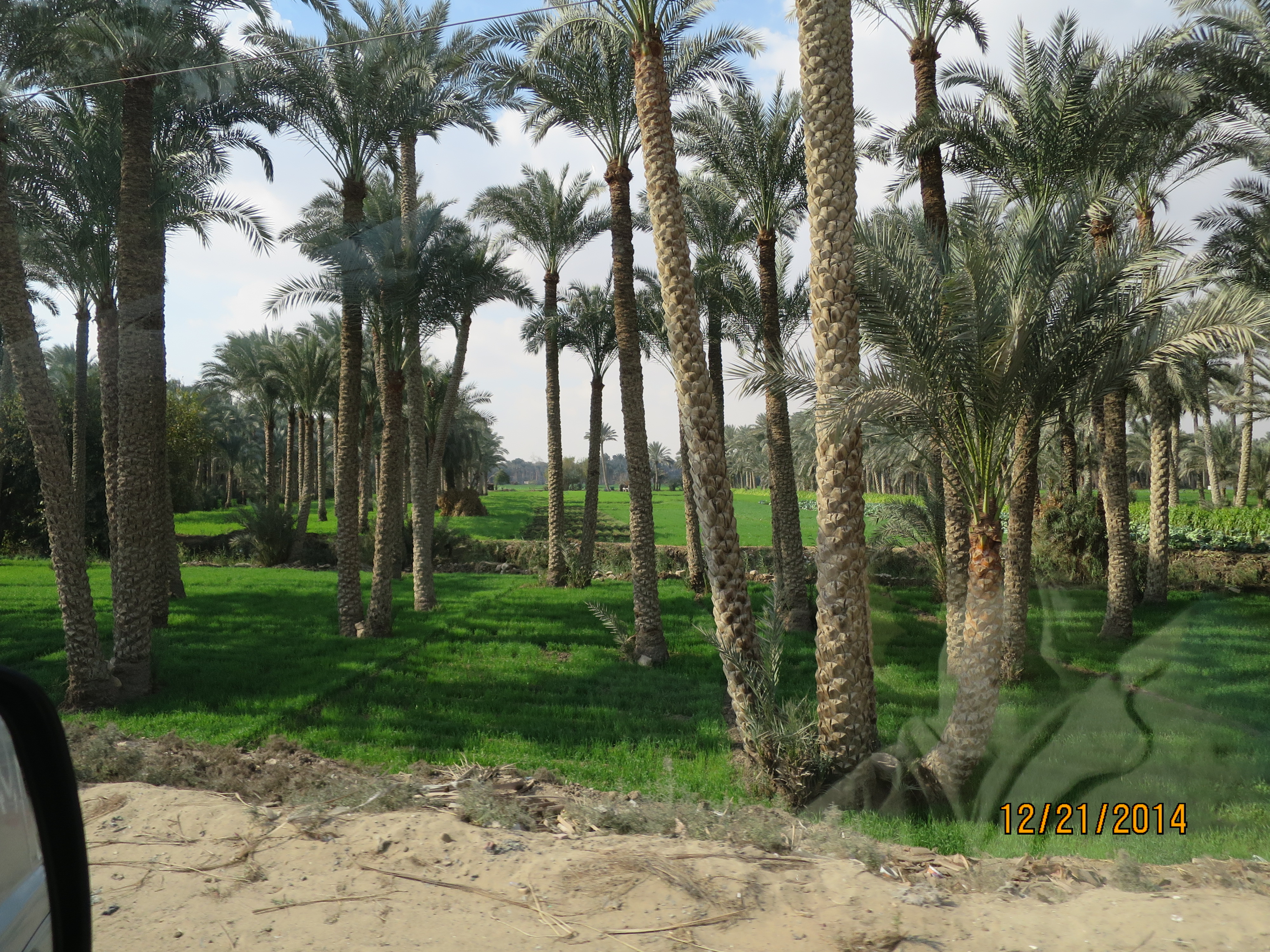
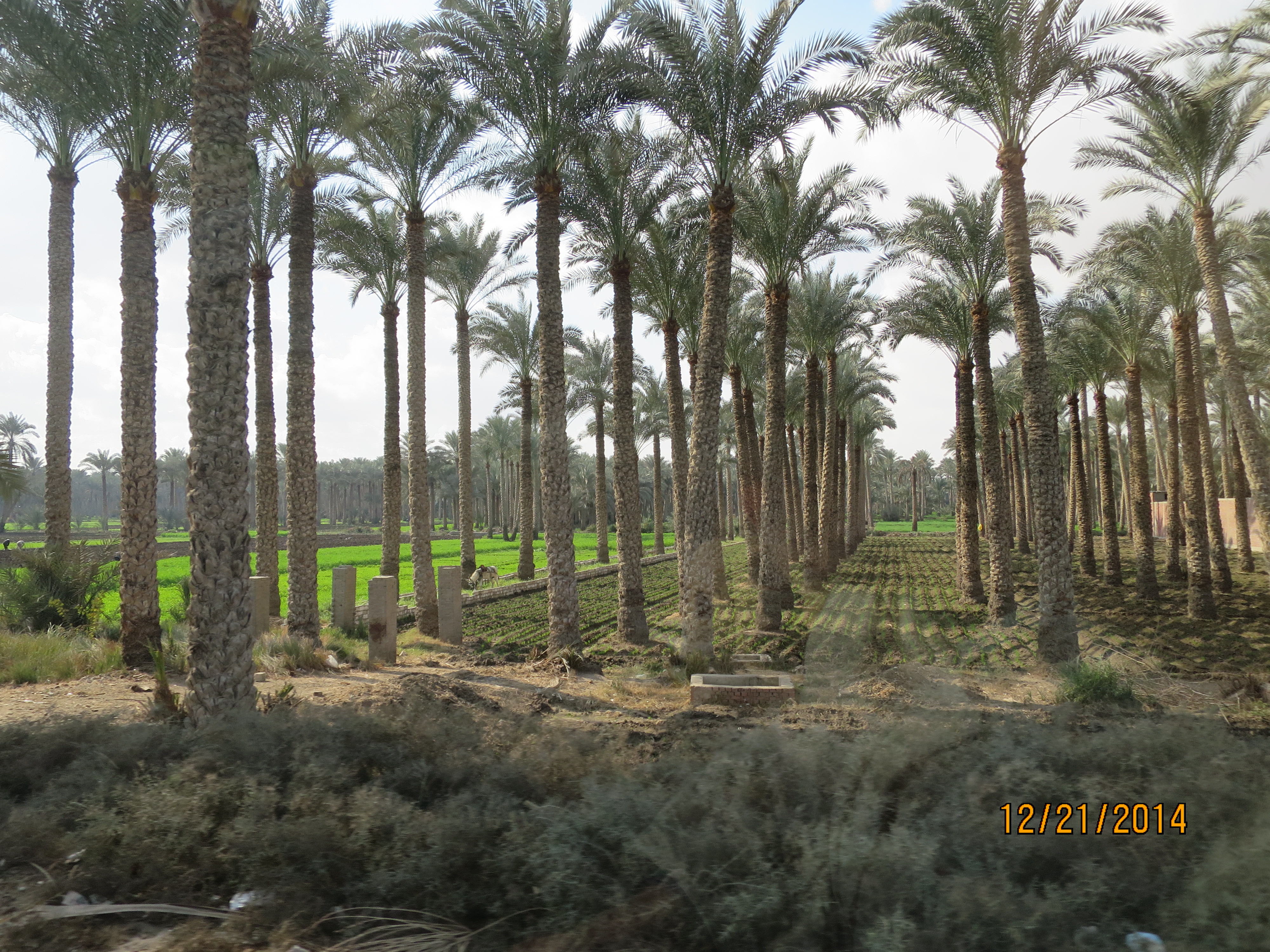
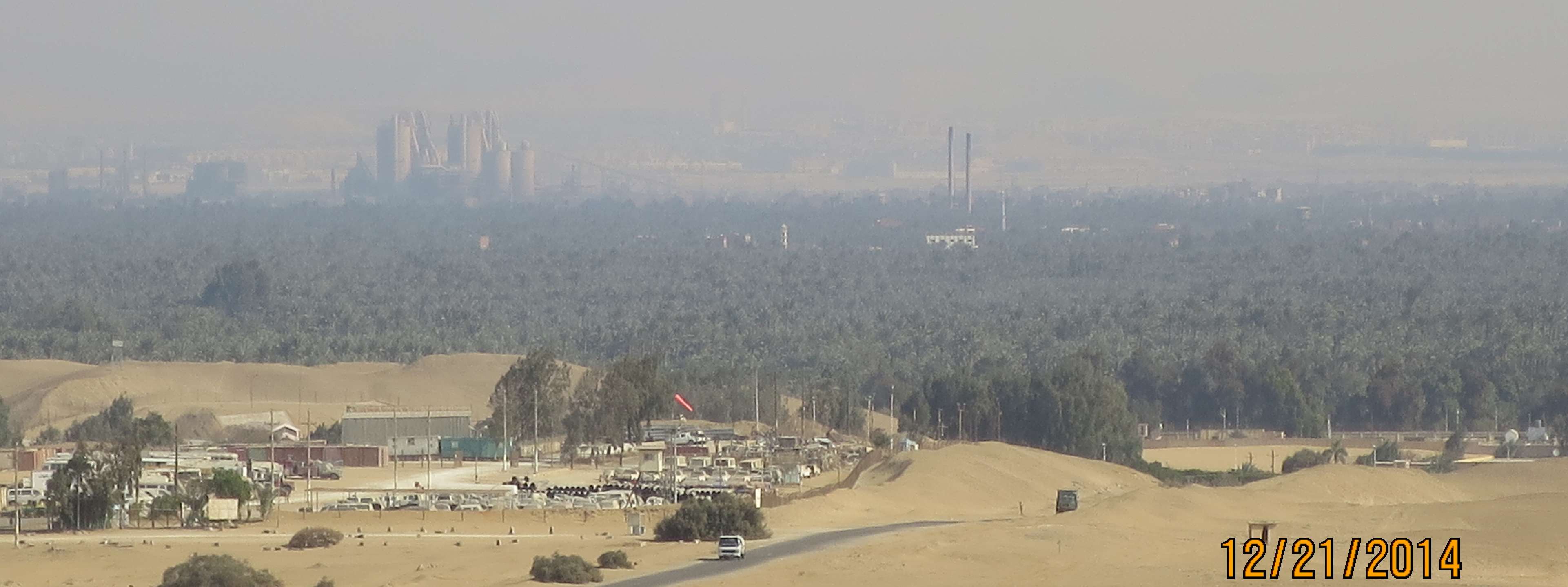
Thanks again for helping us to see the world!
Marian